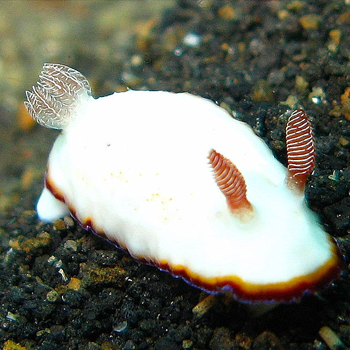What happens to a glucose molecule that you eat?
1 Answer
generates ATP through cellular respiration
Explanation:
Glucose goes through cellular respiration after entering the body. Cellular respiration is a three part process: glycolysis, Krebs (citric acid) cycle, and oxidative phosphorylation. Refer to the pictures that I provide to avoid a "long-winded" explanation.
Glycolysis is the process by which glucose is broken down into energy and pyruvate/pyruvic acid. The name itself means "glucose degradation". In the following diagram is the process of glycolysis. Each step involves using an enzyme to convert the molecule from its current state to the next. The enzymes are usually named after the substrate it is reacting with. Note that glucose ultimately breaks down into two pyruvate molecules. Also, NADH is generated, which I will mention later.
All the reactions in this stage are reversible, so glucose can be regenerated through glycogenesis.
 )
)
The second stage moves pyruvate into the Krebs cycle. This is used interchangeably with citric acid cycle, since citrate is one of the intermediate products. Again, the enzymes are usually named after the substrate they react with. The main products in this stage are NADH and
 )
)
The last stage is oxidative phosphorylation. Remember the NADH and
 )
)
That is cellular respiration in a nutshell.

